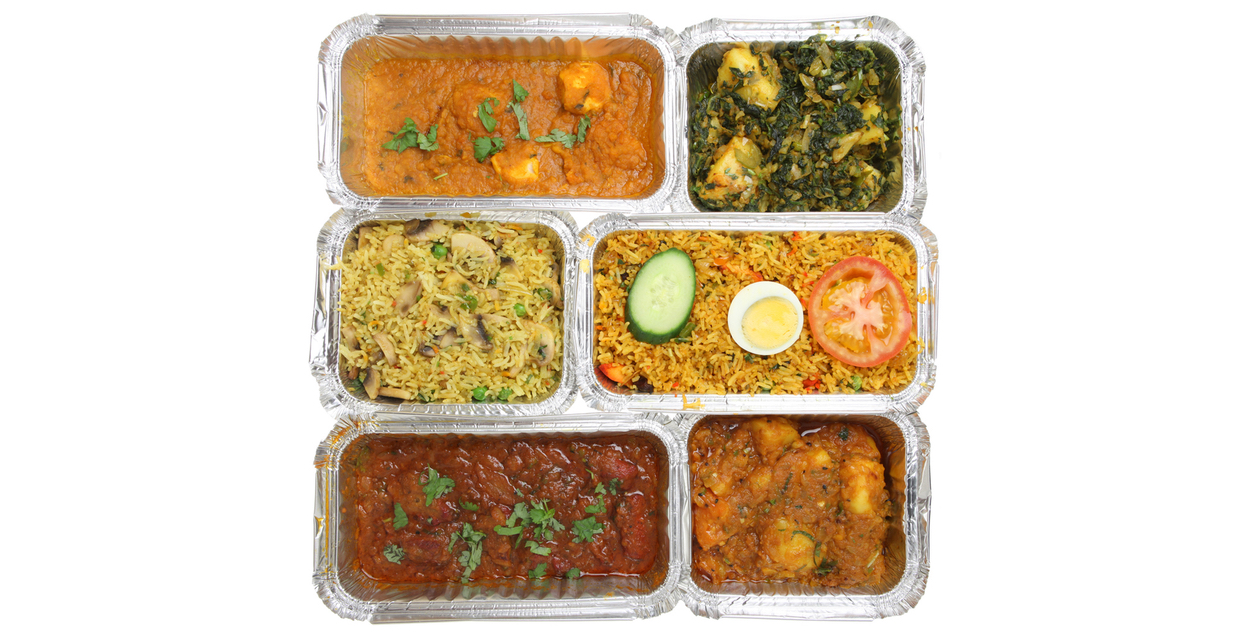Self-pity and Deliveroo go hand in hand. You can’t have the latter without the former. It’s impossible to watch a rain-drenched driver fight with his moped’s side stand – while you sit torpidly in your pants by the window – without the heavy feeling of self-loathing. There’s something shameful about it, something pathetic.
If Dante were alive now, he’d add another layer to hell: Deliveroo users. And I’m one of them. If using Deliveroo is a sin, call me Hester Prynne. I too have tasted the nectar. I too have dribbled over a box of tungsten nuggets and a semifluid dipping sauce.
I’m not anti-technology. I’m anti-technology that makes us a worse version of ourselves
We know it’s not a good idea. We know that we can’t afford it, that it makes us lazy, that it’s the culinary equivalent of a quickie with a halfhearted escort. We know that it’s one of the many modern inventions designed to make us dependent on technology. But still, we surrender to it like background characters in a Huxley novel.
And just like Uber, Amazon Prime, Pornhub, and YouTube shorts, these delivery apps are embedded into the fabric of modern life. Hang on. Don’t worry. I’m not about to go off on a Unabomber-inspired rant. All I’m saying is that we need to evaluate the world we’re creating for ourselves: an increasingly expensive and gluttonous one.
Takeaways used to be an occasion – a luxury. The whole concept of a takeaway rests on comfort. You can sit three feet from your bathroom and two feet from your television while the sweet aromas of the Akash Tandoori seep into your furniture. It’s a bi-monthly thing. Maybe a weekly occurrence if you’re the busy sort. That’s it. The rest of the time it’s a hardy attempt at navigating the stove or the treat of eating out. But things have changed. Over 160,000 restaurants are on Deliveroo. This doesn’t account for the tens of thousands of others that use Just Eat, Uber Eats, Hungry Panda or any other indolence-inducing app. They even have supermarkets on these things – though that’s actually a good thing.
These apps are laughably expensive, but it’s not just the rich who use them. They’re used by everyone. Why? Because why not? Who can be bothered to walk ten minutes to the chip shop? Who wants to get off the sofa, put on real clothes, and walk to the supermarket? What’s the point? I don’t care where my food comes from as long as it comes to me.
It would be wrong to say that the food on these apps is bad. It’s not. Even prestigious restaurants have signed up – though I use ‘prestigious’ and ‘restaurants’ tentatively. Dishoom, the lauded Bombay-inspired food chain, is on there. Because who wants their food hot when you can pay hiked-up prices, a service fee, a delivery cost and have it spill all over your carpet? I love holding a wet, broken bag and shouting at my girlfriend to grab the cutlery as Chicken Ruby leaks all over the sofa cushions. What else am I meant to do with £60?
The food is never as good when it’s delivered. Half the time the drivers are delivering someone else’s order or getting your KFC mixed up with Mildred’s weekly shop. When the correct order does arrive, we act like hot food is a rarity, as if we’re lucky to bite into something that isn’t lukewarm and changing its state of matter.
When we order takeaway in person, we can complain. These apps just refer you to the ‘help’ section where a team member – possibly AI – will fail to understand a word you’re saying.
‘My chicken is raw.’
‘Hello, Zak! My name is Susannah. How can I help you today?’
‘My chicken is raw.’
‘What seems to be the problem?’
‘The chicken. It’s raw.’
‘How can I help?’
‘My chicken is so pink it’s getting ready to see the Barbie movie!’
If you don’t throw your phone at the wall, you might get a refund. Usually, it’s in the form of in-app credit. Who wants that? The other week, I ordered some fried chicken. My girlfriend asked me why her wing had a tail. I explained that it probably wasn’t chicken to begin with. I won’t name the place for fear of the great fried chicken syndicate suing me shirtless, but you’ve probably eaten from there before – or a place that looks just like it.
That’s another problem with these apps: quality control. You never know what you’re getting. The photos of the food are as truthful as an estate agency’s slideshow of a ‘spacious one-bed in Morden’. Most of the restaurants use the same stock image that looks like an Iceland advert.
It’s easier to predict the quality of food in person. Walking past a curry house devoid of furniture – just a microwave and a year-old copy of FourFourTwo on the table – is a visible red flag. You know what you’re about to put your bowels through.
You can’t really do that with takeaway apps. It’s also created a generation of incompetent cooks. The only people who cook at home are food bloggers and those of us trying to get laid. I saw a video last week of some jumped-up machismo motivational speaker. He said he hadn’t cooked a meal since he was 18 and that the time it takes to cook is time you could be making money – money he could spend on another set of false teeth. Behind the steroid bulge of his eyes, I detected a sense of emptiness. People like him – and they’re growing in numbers – live empty lives. No time to cook. No time to clean. No time to take a walk. No time to eat. No time to watch a film, enjoy a book or listen to an album. No time for anything other than getting what they want right now.
And these takeaway apps are expanding. They have the potential to be as damaging to the food industry as Netflix is to Hollywood. I’m not anti-technology. I’m anti-technology that makes us a worse version of ourselves. I don’t want to wake up at 50 in a floating plastic chair – because I haven’t moved since I was 36– and find the robot from Wall-E feeding me liquid MacDonald’s through a straw.
It’s 23.10. It’s cold and I’m hungry. Tesco is closed. I could order in. Uber Eats has another promotional offer on. But I can’t. I won’t. My bank can’t take it. My stomach can’t take it. My self-worth can’t take it. There’s some tasteless pasta sauce in the cupboard. I think it’s about time I fired up my stove again.
This article is free to read
To unlock more articles, subscribe to get 3 months of unlimited access for just $5







Comments
Join the debate for just £1 a month
Be part of the conversation with other Spectator readers by getting your first three months for £3.
UNLOCK ACCESS Just £1 a monthAlready a subscriber? Log in